Stansted AirportA Brief History

Construction of Stansted Airport
Stansted Airport, located in Essex, England, has a rich history that dates back to World War II. Originally, it was a Royal Air Force base used for bomber missions. Post-war, it was used for surplus military storage until 1949 when it was decommissioned. The airport's modern history began in the 1960s when it was chosen as the third major airport for London. The construction of the current terminal building, designed by renowned architect Sir Norman Foster, began in 1986 and was completed in 1991. The design was revolutionary, featuring a "floating" roof and extensive use of glass, which provided an open, airy feel. The airport has since undergone several expansions to accommodate increasing passenger numbers. Today, Stansted Airport serves over 28 million passengers annually, making it the fourth busiest airport in the UK. Its construction and development have played a significant role in shaping the region's economy and transportation infrastructure.
Stansted Airport during World War II
During World War II, Stansted Airport played a significant role as a base for the Royal Air Force. Originally known as RAF Stansted Mountfitchet, it was used as a maintenance and storage site for aircraft. The airport was home to various bomber squadrons, including the famous Lancaster Bombers, which were instrumental in the strategic bombing of Germany. The airport also served as a launching site for night-time raids. Post-war, the airport was used for housing German prisoners of war before being decommissioned and returned to civil use. The war years left an indelible mark on Stansted, shaping its future as a significant hub for international travel. Today, the airport stands as a testament to its rich history, having evolved from a wartime base to one of the UK's busiest airports.
Post-war Development of Stansted Airport
Stansted Airport, located in Essex, England, has a rich history that dates back to World War II. However, it was the post-war development that truly shaped it into the international hub it is today. After the war, the airport was used by the government for maintenance work and storage. It wasn't until 1949 that it was officially designated as a civilian airport. The 1960s marked a significant turning point for Stansted, as the British Airports Authority took over its management. This led to a series of expansions and improvements, including the construction of a new terminal building and runway. The airport's development continued into the 1980s and 1990s, with the addition of more facilities and services to accommodate the growing number of passengers. Today, Stansted Airport is the fourth busiest airport in the UK, serving over 28 million passengers annually. Its post-war development has truly transformed it into a key player in the global aviation industry.
Stansted Airport in the 21st Century
Stansted Airport, located in Essex, England, has seen significant growth and development in the 21st century. It is now the fourth busiest airport in the UK, serving over 28 million passengers annually. The airport has undergone several expansions to accommodate the increasing passenger traffic, including the construction of a new terminal building in 2008. The 21st century has also seen the introduction of several new airlines and routes, making Stansted a key hub for low-cost European travel. Despite the challenges posed by the global pandemic, the airport has continued to adapt and innovate, implementing stringent health and safety measures to ensure passenger safety. As we move further into the 21st century, Stansted Airport continues to play a crucial role in the UK's aviation industry, connecting the country to destinations across the globe.
Stansted Airport's Role in the UK Aviation Industry
Stansted Airport, located in Essex, England, plays a significant role in the UK aviation industry. Since its inception during World War II as a base for the Royal Air Force, it has grown into the fourth busiest airport in the UK, serving over 28 million passengers annually. Stansted is a key hub for several major European low-cost carriers, including Ryanair and easyJet, contributing significantly to the democratization of air travel. It also serves as a vital cargo airport, handling over 250,000 tonnes of freight each year, making it the third busiest airport in the UK in terms of cargo traffic. Furthermore, Stansted's single runway design, while limiting its capacity, has been instrumental in its development as a hub for low-cost airlines. Overall, Stansted Airport's strategic location, focus on low-cost carriers, and significant cargo operations make it an essential part of the UK's aviation infrastructure.
Stansted Airport's Expansion Controversies
Stansted Airport, located in Essex, England, has a rich history that is not without its share of controversies, particularly concerning its expansion. The airport, which began operations in 1943, has grown significantly over the years, becoming the fourth busiest airport in the UK. However, its expansion plans have often been met with resistance from local residents and environmental groups. They argue that the expansion would lead to increased noise pollution, disruption of local communities, and significant environmental damage. In 2018, the airport received approval to increase its passenger capacity from 35 million to 43 million per year, a decision that was met with widespread protests. Despite these controversies, Stansted Airport continues to play a crucial role in the UK's aviation industry, serving as a hub for several major airlines and offering flights to over 200 destinations worldwide. The debate over its expansion underscores the ongoing tension between economic growth and environmental sustainability.
Environmental Impact of Stansted Airport
Stansted Airport, located in Essex, England, has a significant environmental impact. Since its inception in 1942, the airport has grown exponentially, leading to increased carbon emissions, noise pollution, and habitat disruption. The airport's expansion has led to the destruction of natural habitats, impacting local wildlife. The increase in flights contributes to high levels of noise pollution, affecting the quality of life for local residents. Moreover, the carbon emissions from the thousands of flights each year contribute to global warming. Despite these environmental concerns, Stansted Airport has taken steps to mitigate its impact. It has implemented measures such as efficient energy use, waste management, and noise reduction strategies. However, the ongoing expansion plans continue to raise environmental concerns. The history of Stansted Airport is a stark reminder of the environmental cost of air travel, highlighting the need for sustainable practices in the aviation industry.
Stansted Airport's Architectural Significance
Stansted Airport, located in Essex, England, is not just a hub for international travel but also a significant architectural marvel. Designed by the renowned architect Sir Norman Foster, the airport's terminal building is a testament to modern design and engineering. Opened in 1991, the building's unique "floating" roof, supported by a "forest" of thin columns, is a striking feature that sets it apart from traditional airport designs. The use of natural light, facilitated by the extensive use of glass, creates a sense of openness and space. The layout of the terminal, with its emphasis on simplicity and efficiency, reflects Foster's philosophy of "doing more with less". The Stansted Airport is a prime example of high-tech architecture, combining functionality with aesthetic appeal. Its design has influenced many airport buildings worldwide, cementing its place in architectural history.
Stansted Airport's Economic Contribution
Stansted Airport, located in Essex, England, has been a significant contributor to the UK's economy since its inception. The airport, which began operations in 1943 as a bomber base during World War II, has evolved into a major hub for low-cost European carriers, handling over 28 million passengers annually. Stansted's economic contribution is multi-faceted. It directly employs over 12,000 people, contributing to local employment and economic stability. The airport also indirectly supports thousands of additional jobs in the tourism and hospitality sectors. Moreover, Stansted plays a crucial role in facilitating trade. It is the third-largest freight airport in the UK, handling over 250,000 tonnes of imported and exported goods each year. This not only boosts the UK's international trade but also stimulates economic growth in the surrounding regions. In conclusion, Stansted Airport's economic contribution is significant, providing employment, supporting trade, and driving regional growth. Its continued development will undoubtedly further enhance its economic impact.
Future Plans for Stansted Airport
Stansted Airport, one of the UK's busiest airports, has a rich history and ambitious future plans. Since its inception in 1942 as a bomber base during World War II, it has evolved into a major hub for low-cost European carriers. The airport, now owned by Manchester Airports Group, has seen significant growth over the years, serving over 28 million passengers in 2019. Looking ahead, Stansted Airport has unveiled a £600 million investment plan to transform its facilities by 2030. The plan includes a new arrivals terminal, upgrades to the existing terminal, and improvements to transport links. The airport also aims to increase its annual passenger capacity from 35 million to 43 million, while ensuring minimal environmental impact. This expansion is expected to create thousands of jobs and boost the local economy. Despite facing challenges due to the COVID-19 pandemic, Stansted Airport remains committed to its future vision, promising a new era of growth and development.
Our Latest Blog Posts

The Role of Stansted Airport in Education and Training
Stansted Airport plays a crucial role in education and training, offering apprenticeships and programs in aviation operations. It provides hands-on experience, equipping students with industry-spec ...
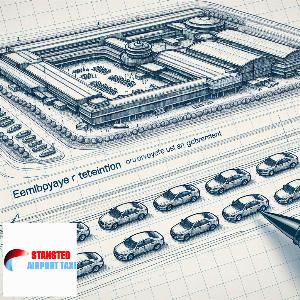
Stansted Airport: A Guide to the Employee Retention Process
Stansted Airport prioritizes employee retention through competitive salaries, comprehensive benefits, and a positive work environment. They invest in training and development programs, fostering a ...

The Role of Stansted Airport in Wildlife Conservation
Stansted Airport plays a crucial role in wildlife conservation, providing habitats for various species. Its management strategies include preserving surrounding woodlands and implementing measures t ...

The Role of Stansted Airport in Local Tourism
Stansted Airport plays a pivotal role in local tourism, serving as a gateway for millions of tourists annually. Its connectivity to various global destinations boosts the local economy, attracting v ...

Stansted Airport: A Guide to the Compensation Process
Navigating the compensation process at Stansted Airport can be daunting. This guide simplifies the process, detailing how to claim for delayed or cancelled flights, lost luggage, and other inconven ...

Understanding the Layout of Stansted Airport
Stansted Airport's layout is user-friendly, featuring one main terminal with three satellite buildings. It offers various amenities including shops, eateries, and lounges. Understanding its layout e ...
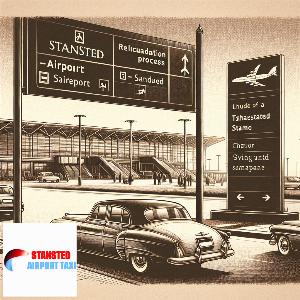
Stansted Airport: A Guide to the Relocation Process
Navigating Stansted Airport's relocation process can be daunting. This guide simplifies the process, providing essential information on terminal transfers, luggage handling, and transportation opti ...

The Art Installations at Stansted Airport
Stansted Airport is not just a travel hub, but a showcase of stunning art installations. These pieces, ranging from sculptures to murals, add a cultural touch, transforming the airport into a mini a ...

The Impact of Airline Revolution on Stansted Airport
The Airline Revolution has significantly impacted Stansted Airport, leading to increased passenger traffic and expanded services. This transformation has boosted the local economy, created jobs, an ...
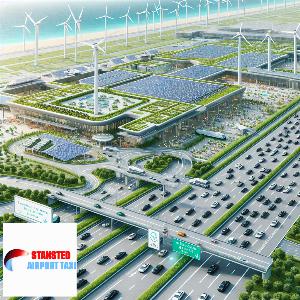
The Role of Stansted Airport in Clean Energy Production
Stansted Airport plays a pivotal role in clean energy production, utilizing renewable sources to power operations. Its commitment to sustainability includes solar panels and wind turbines, signific ...

Stansted Airport: A Guide to the Employee Engagement Process
Stansted Airport prioritizes employee engagement, fostering a positive work environment. The process involves regular communication, feedback sessions, and team-building activities. This approach e ...

Stansted Airport: A Guide to the Continuous Improvement Process
Stansted Airport exemplifies a continuous improvement process, constantly enhancing its services and facilities. From streamlining security procedures to upgrading lounges, it prioritizes passenger ...
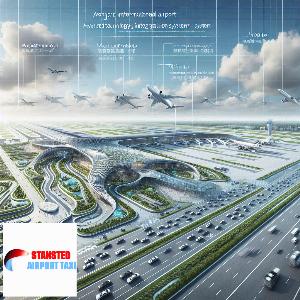
The Future of Stansted AirportExpansion Plans
Stansted Airport's future looks promising with ambitious expansion plans underway. The proposed developments aim to increase passenger capacity, enhance customer experience, and boost the local econ ...
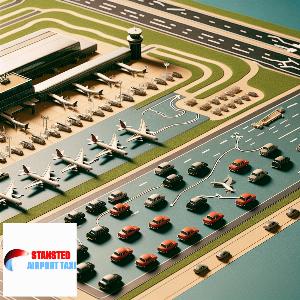
Stansted Airport: A Guide to the Redeployment Process
Stansted Airport's redeployment process is a strategic approach to optimize staff efficiency. It involves reassigning personnel to different roles or departments, based on their skills and the airp ...

Stansted Airport: A Guide to the Orientation Process
Stansted Airport, a bustling hub for international travel, offers a streamlined orientation process. With clear signage, helpful staff, and efficient services, navigating through check-in, security ...
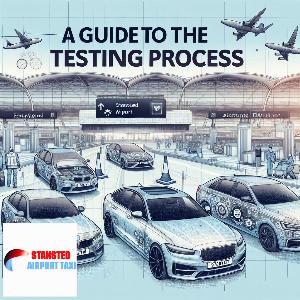
Stansted Airport: A Guide to the Testing Process
Stansted Airport has implemented a rigorous testing process for travelers amidst the pandemic. This includes pre-departure, on-arrival, and post-travel tests. The airport ensures a smooth, efficien ...
Blogs Pages
The Impact of Airline Accidents on Stansted Airport
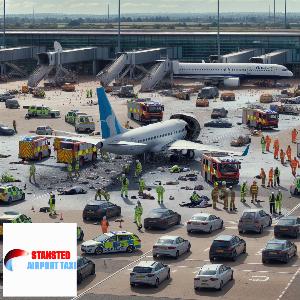
Blog about The Impact of Airline Accidents on Stansted Airport...
Stansted Airport: A Guide to the Evaluation Process
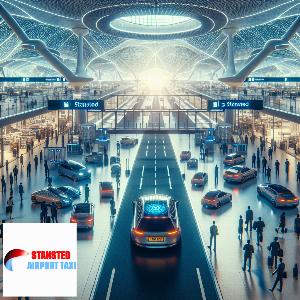
Blog about Stansted Airport: A Guide to the Evaluation Process...
The Impact of Airline Flexibility on Stansted Airport

Blog about The Impact of Airline Flexibility on Stansted Airport...
The Role of Stansted Airport in Carbon Offset Projects
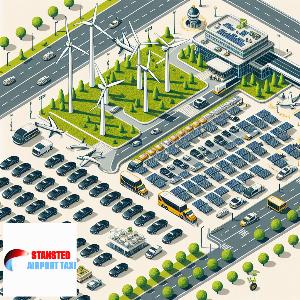
Blog about The Role of Stansted Airport in Carbon Offset Projects...
Stansted Airport: A Guide to the Employee Engagement Process

Blog about Stansted Airport: A Guide to the Employee Engagement Process...
The Impact of Airline Localization on Stansted Airport
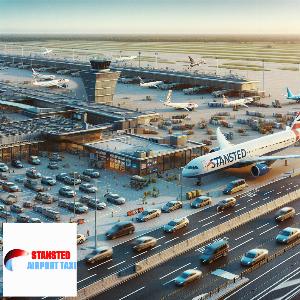
Blog about The Impact of Airline Localization on Stansted Airport...
Stansted Airport: A Guide to the Retirement Process

Blog about Stansted Airport: A Guide to the Retirement Process...
Stansted Airport: A Guide to the Registration Process
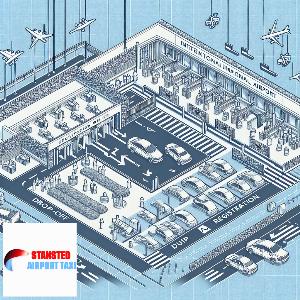
Blog about Stansted Airport: A Guide to the Registration Process...
The Role of Stansted Airport in Climate Change Mitigation

Blog about The Role of Stansted Airport in Climate Change Mitigation...
Stansted Airport: A Guide to the Continuous Improvement Process

Blog about Stansted Airport: A Guide to the Continuous Improvement Process...



